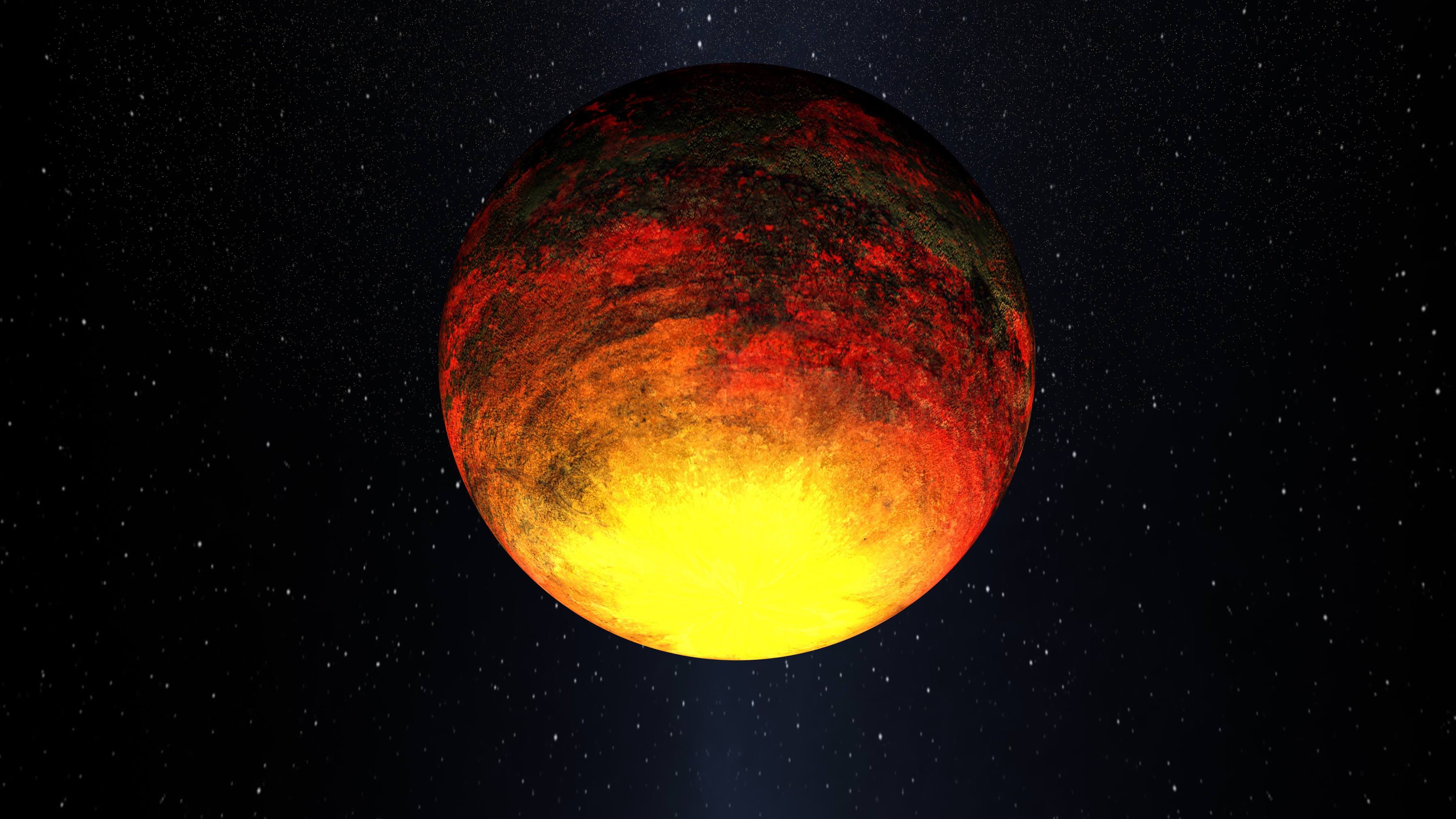We don't have the budget yet to
send *Star Trek* 's U.S.S. Enterprise
to probe the surface of strange new worlds, but luckily for humanity, astronomers are figuring out techniques to do that without even needing to leave Earth.
One of Earth's prolific planet-hunters, the Kepler Space Telescope, has found a lot of planet candidates
with rocky surfaces
. That's exciting for astronomers, as rocky planets tend to be smaller than their gas giant counterparts. Also, learning more about rocky planets could give us more clues as to Earth's history, and that of other planets in our solar system.
But how the heck, from so far away, can we begin to understand the surface? One idea: Check the heat signature, or in more scientific words, look at exoplanets in the infrared part of the
light spectrum
.
[caption id="attachment_101889" align="alignnone" width="575"]
The visible colors, infrared, radio, X-rays and gamma rays are all forms of light and comprise the electromagnetic spectrum. Here you can compare their wavelengths with familiar objects and see how their frequencies (bottom numbers) increase with decreasing wavelength. Credit: ESA[/caption]
NASA's Astrobiology Magazine
recently published an article
about this method, which we encourage you to check out. In summary, the team behind a new research paper (submitted to the
Astrophysical Journal
) proposes to check out "airless" exoplanets that have surface temperatures below 3,140 degrees Fahrenheit (1,726 Celsius or 2,000 Kelvin.)
Because different kinds of rocks emit "signature" spectrums in different wavelengths, it's possible we could pick up the signs of silicate rocks or other types of material. There's a caveat, though.
"With current technology, however, the team cautions that determining surface composition of exoplanets is a very different process than studying their solar system counterparts," the magazine wrote. "Due to the limits of technology, the team proposes to concentrate on the most prominent mineral signatures detected from exoplanets."
Check out more details in the scientific journal article
here
, or the entire Astrobiology Magazine article
at this link
.
 Universe Today
Universe Today
